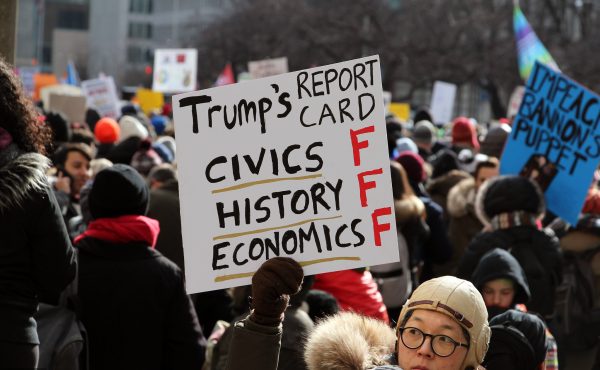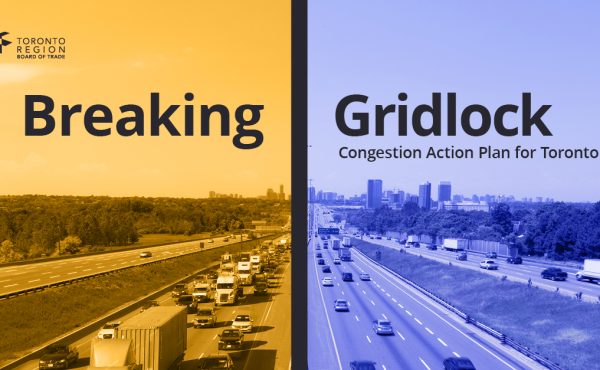As part of a set of four posts with Spacing, Artmap.ca / AccessArt is sharing sixteen short videos that feature some of our favourite public art pieces. The creators describe their videos as a reflection of their love of public art and desire for more people to enjoy it.
This set of access feature videos focuses on expanding audience size by increasing the means that artists have to express themselves, for example incorporating tactile and sound art.
Along with serving blind or low-vision individuals, tactile surfaces can help people recall memories and add dimension and felt experience. Art works that invite touch can also become a shared record of collective affection over time. For an example of this phenomenon, check out the patinas on Brian Jungen and Henry Moore’s pieces near the Art Gallery of Ontario. See how cumulative touch from people’s hands (and bums with Moore) have raised polished golden highlights up from brownish bronze.
The lack of sound art in Toronto is a missed opportunity. Keystone works in the city, such as Murmur, speak of the possibilities for adding new layers of experience, accessibility and feeling to public art works.
Although this set of only two multisensory access features is the favourite of many researchers and artists to consider – it also seems woefully undeveloped. What other multi-sensory elements could be used in public art pieces? Current suggestions include incorporating natural smells from plants and high-contrast murals such as those being made by Toronto artist Leyland Adams (in partnership with the CNIB Foundation). Please suggest other ideas for multisensory access features here.
Sound Art (1:43 mins. CC)
Tactile Art (2:18 mins, CC)
- PART 1: Can I go there? Do I want to go there?
- PART 2: Can I move around and get close to the art?
- PART 3: What do I feel?
- PART 4: What do I think?
Also see: How Public Is Public Art? Spacing Magazine, Fall 2023




